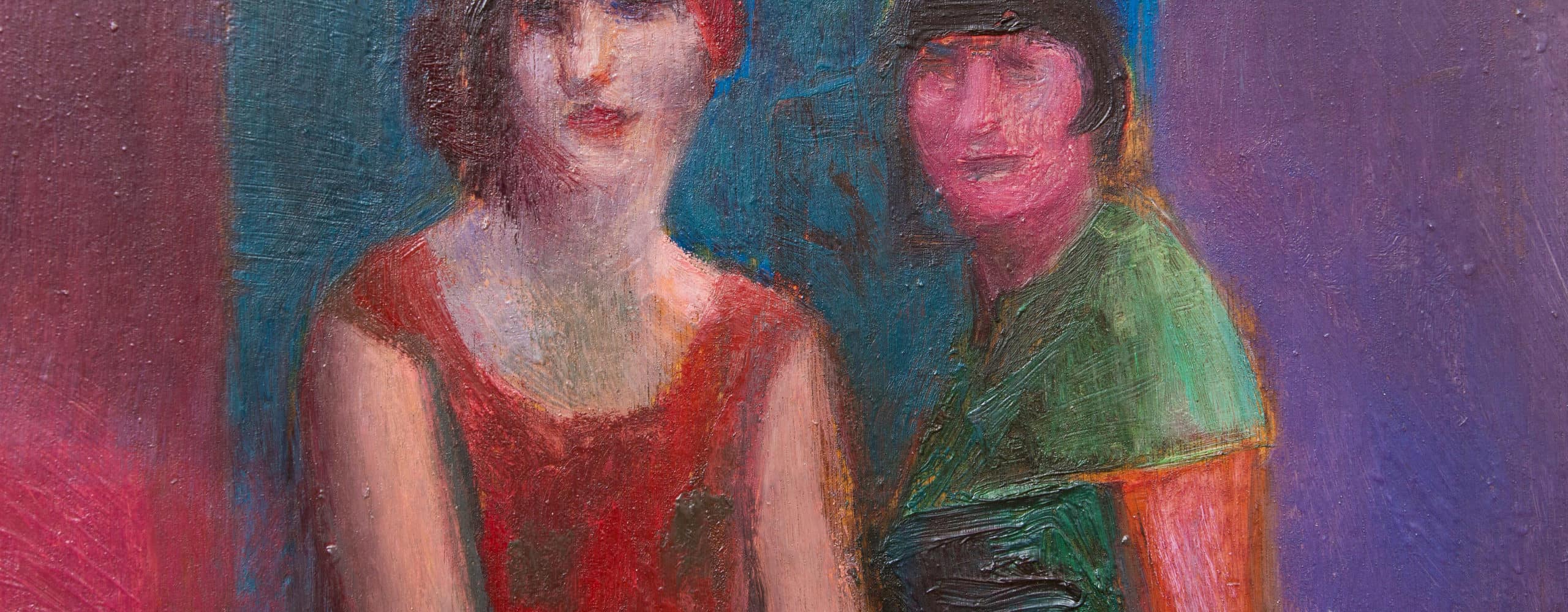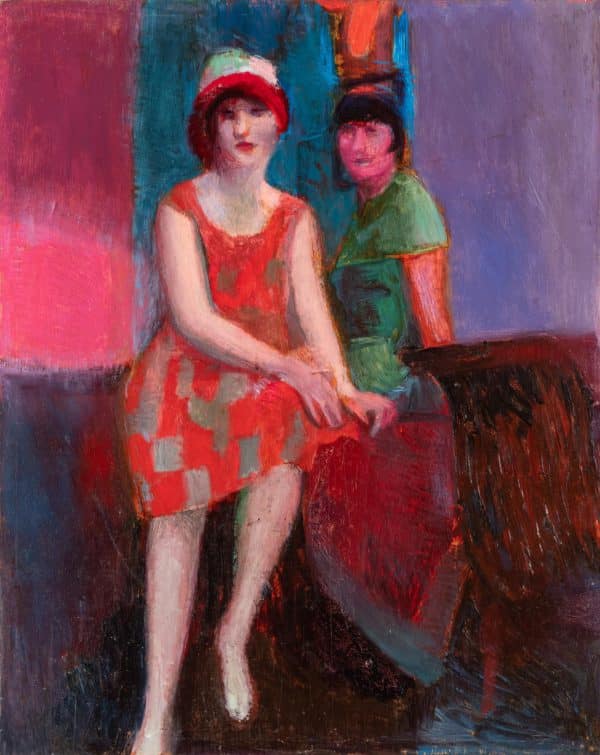

Reinhold Ewald and his four siblings grew up in Hanau. During his childhood, his artistically minded father had a big influence on him. One of their close neighbours was the father of the composer Paul Hindemith (1895–1963), who worked as an ornamental painter in Hanau. He did an apprenticeship from 1905 to 1906, training as an ornamental painter. In 1906, Ewald enrolled at the State Drawing Academy in Hanau, where his abilities became so obvious that he was awarded a state scholarship to the college of the Berlin Museum of Applied Arts. He studied there under Max Koch and Richard Böhland from 1907 to 1911. From 1910 onwards, Ewald took part in exhibitions of the Berlin Secession, and from 1912 onwards of the Munich Secession. In 1911, he returned to Hanau to work as a freelance painter.
In 1913, Ewald won the Rome Prize awarded by the Böhm Foundation, and this led to a successful exhibition of his paintings in 1914 at the art salon of Ludwig Schames in Frankfurt am Main. From 1915 to late 1918, Ewald saw active service in the war, initially as a war painter and then as a soldier on the Western Front. In early 1919, he tried to revisit his earlier successes with a solo exhibition at the Frankfurt Art Association. He then became a member of the Darmstadt Secession and the Young Rhineland. In 1921, Ewald was appointed to teach at the State Drawing Academy in Hanau.
On 1 May 1933, Ewald joined the Nazi Party, and was able to participate in several exhibitions in the years thereafter. He tried to fit in, but was still sacked from his teaching post by the National Socialists in 1933. His pictures were removed from public collections on account of being “degenerate art”. In 1949, he began working again as a drawing teacher at the State Drawing Academy in Hanau.
